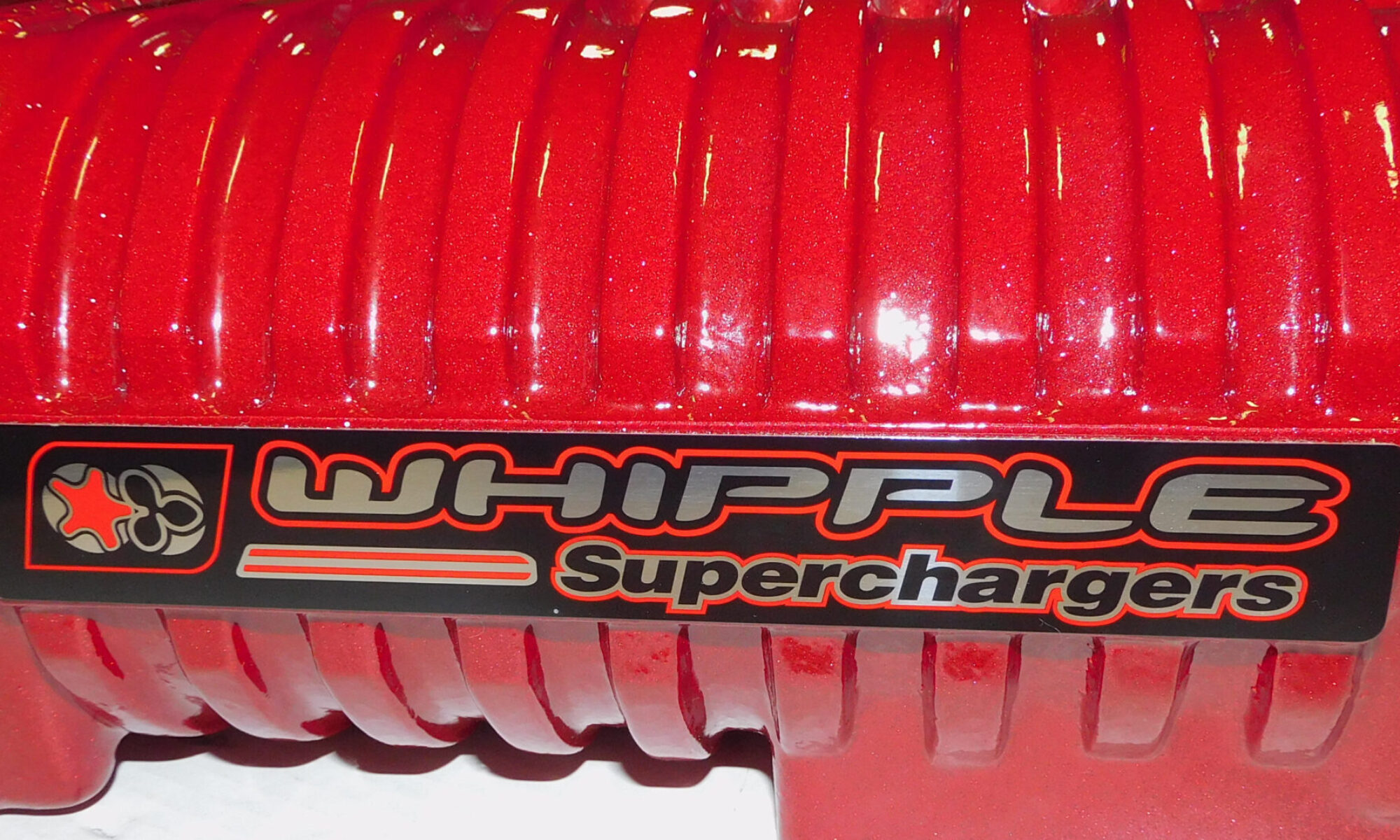Let’s talk about temperature.
Did you know that your supercharger, can have issues with temperature, just like the human body?
No, it doesn’t run a temperature because it has a virus. But, just like when the human body breaks down and doesn’t work or feel so well when running a temperature, the same is true for a supercharger when subjected to high operating temperatures.
One cause of failure, to superchargers is heat. Heat is a byproduct of the compression of air. Just like an air compressor gets hot, so does a supercharger. Heat is also a byproduct of friction and load.
There are 3 places that contribute heat.
Charge temperature, gear case temperature, and front pulley bearing temperature.
Charge temperature is the air temperature of the pressurized air, leaving the supercharger. There is a formula for sorting out the estimated charge temperature and it varies, based on elevation. A good rule of thumb that will get you close is to add 10 degrees F for every pound of boost, then add your ambient temperature to the total. That is the temperature you can see, before your intercooler. Example: 10 lbs of boost on a 100 degree day could see 200 degree charge temperature before the intercooler. Long term high degree charge temperatures can lead to an increase in gear case temperatures. Thankfully, our street cars do not run in high boost all the time. If you have an Autocross or track car, you may want to consider looking at ways to keep your case operating temperature down. Vehicles that end up having intercooler pumps fail, can expect supercharger or engine damage when high charge temperatures operate for extended time frames. Always check your intercooler pump and coolant levels, especially on a modified vehicle.
Gear case temperature is the operational temperature of the oil. Oil lubricates components, but more importantly, it removes heat from components, carrying the heat away, and transferring it to other components or casing. If you over fill your oil supply, it can damage components from what we call boiling of the oil by trapped air bubbles caused by foaming of the oil, striking rotating objects. This friction alone can overheat your oil and cause it to change it’s molecular structure, or blow out of vents, if vented. The same can happen when someone rotates a supercharger beyond the recommended RPM. The supercharger gear assembly looses the ability to splash the oil to the proper places, resulting in loss of lubrication and the building up of heat. This leads to component breakdown and wear.
The last place that will commonly build heat, is the front pulley bearing. This is because belt tension creates load on the bearing. This load is transferred into pressure. The pressure on the bearings increases the friction, which increases the rotational load. This high load creates extra heat. This is why belt manufacturers have recommended belt tension. High belt tension can cause bearings on all components driven by the belt to fail by generating heat. Temperatures can get so hot as to degrade seal surfaces and change anodizing colors, cook the paint coatings, or even melt the grease out of a sealed bearing. High belt tensions, have been known to break crackshafts and more.
In summary, if you daily drive your vehicle, or street use, keep your belt tension in the correct range (we have a whole write up on our site about this in the FAQ section), maintain proper oil level, and do not over-speed your supercharger. Just because a pulley size exists, does not mean your supercharger can run it. Not everyone shares the same pulley ratio or maximum rpm.
Keep your wallet full, and your supercharger temperature down and enjoy long service life!

